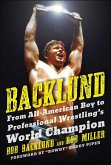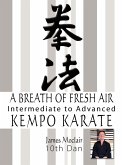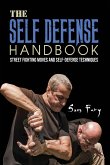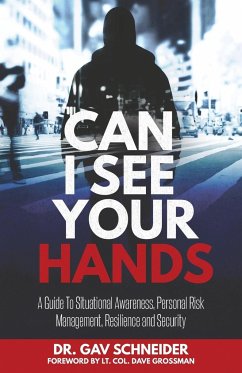Arsenic. Mercury. Pesticides. Dioxin. Toxic gases. Your typical hazardous waste dump, right? Wrong. These materials can be found in the home. Every day, people work, live, and play amid potentially harmful toxins-things they might not even know are there. They are exposed to these toxic substances in their homes, neighborhoods, schools, workplaces, foods, and consumer products. Now, two toxics experts with decades of experience in public health have created a book that separates the risks from the myths of everyday toxins. Comprehensive and easy-to-use, this guide provides scenarios and real-life examples-including important warning signs-that show how to identify problems and what to do about them. With Q&A segments, charts to help assess risk, and a special homebuyer's guide, What's Toxic, What's Not is a book no home should be without.
Hinweis: Dieser Artikel kann nur an eine deutsche Lieferadresse ausgeliefert werden.
Hinweis: Dieser Artikel kann nur an eine deutsche Lieferadresse ausgeliefert werden.








